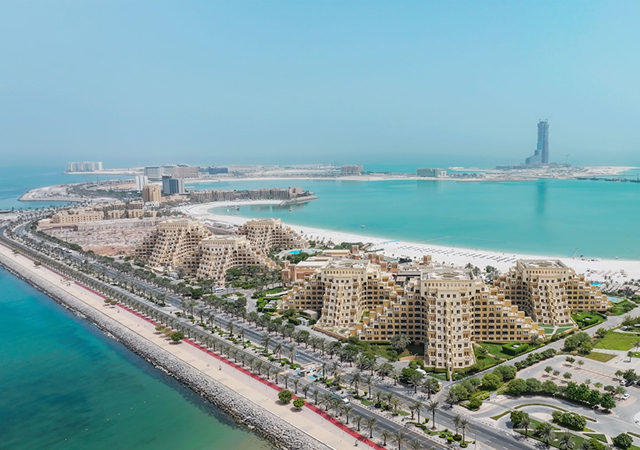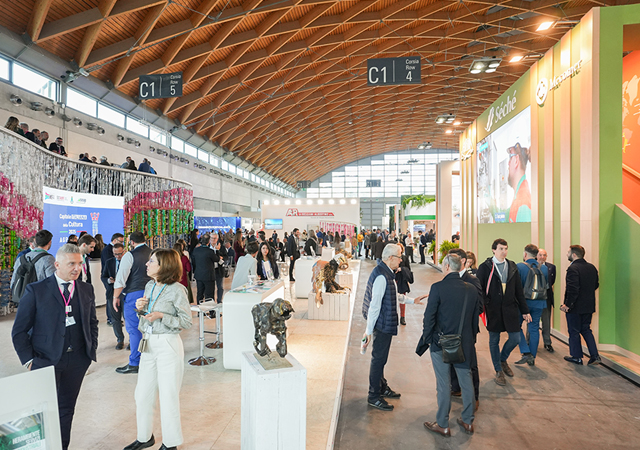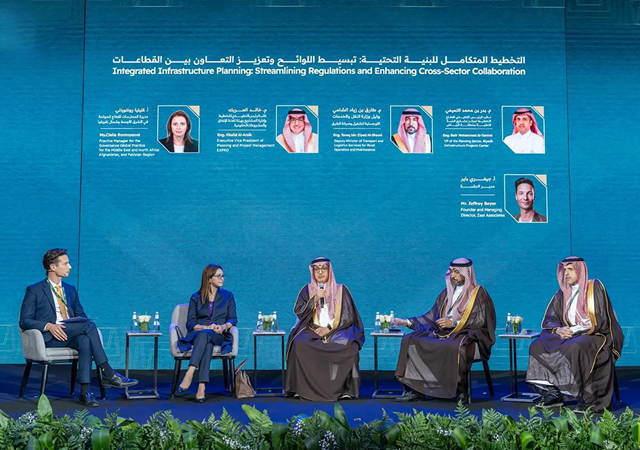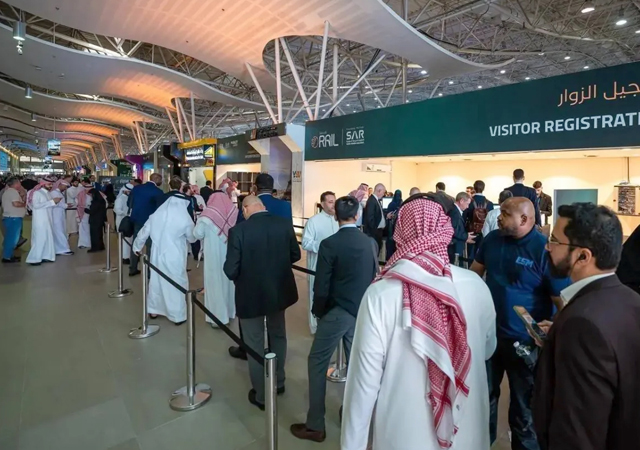
 FRP ... significant potential for use in railway infrastructure.
FRP ... significant potential for use in railway infrastructure.
THE GCC states are forging ahead with railway projects worth $106.2 billion, which have been initiated following the decision in 2006 to link all the six nations with a $30-billion GCC railway network that will span 2,200 km.
Saudi Arabia leads the way with a total of 23 projects valued at $25.6 billion, including the Haramain High-Speed Railway linking Makkah and Madinah. Qatar has equally ambitious plans in hand as host of the Fifa World Cup in 2022, with an outlay of $25 billion proposed for its metro and rail project. In the UAE, eight railway projects valued at $20.6 billion are under way, including the $11-billion Etihad rail network. Other major regional railway developments on the anvil include Kuwait’s National Rail Road Network and Metro System worth a combined $17 billion; Bahrain’s Rapid Transport Network at an estimated $8 billion; and Oman’s National Freight and Passenger Railway valued at more than $10 billion.
Such mega projects bode well for construction materials in general and lightweight corrosion-resistant materials such as fibreglass reinforced plastics (FRP), in particular. FRP can be used for many applications in the rail sector – infrastructure, and interior and exterior parts in rolling stocks. For infrastructure, FRP scores over metal with respect to inherently superior corrosion resistance. Consequently, FRP poles or signalling equipment have lower maintenance costs and longer lifespan vis-a-vis wood. FRP sleepers have significantly lower weight than concrete enabling faster and easier installation, in addition to longer life.
• Cross-ties: The most recent and potentially profitable area of FRP usage in rail transit involves what supports the rails. Traditionally, wood cross-ties have been the undisputed material of choice. Not any more as FRP cross-ties have made significant inroads in this application especially in North America.
Typically 2,500 to 3,500 cross-ties are installed per rail mile. Traditional creosote-treated wood ties are subject to degradation by water, temperature, ultraviolet (UV) radiation and insects, resulting in a lifespan of five to seven years. FRP ties, however, are impervious to such decay, eliminate the need for creosote preservative and provide a 40-year warranty.
High-density polyethylene (HDPE) from recyclate is the primary cross-tie resin with glassfibres being the reinforcement – the use of talc filler is optional. Several moulding techniques such as pultrusion and compression moulding are popularly used. Pultruded cross-ties with a rigid structural foamed polyurethane skin reinforced with long glassfibres have also been successfully used in Japan with almost 100,000 ties being installed annually and close to one million such ties in place as of date.
The FRP cross-ties are surface textured to promote ballast interlock and do not require predrilled pilot holes for spikes as they add to installation costs. Though FRP ties are double the cost of creosote ties, the longer lifespan clearly outweighs the prime cost when one factors the lifecycle-cost-benefit analysis of the substitution. On an average, more than 20 million cross-ties per year are being replaced with FRP in the US alone over the past decade.
• FRP rebar in metro-rail: FRP rebar provide the ideal choice when it comes to electrical isolation in an elevated high-voltage rail system for metro-rail projects. Corrosion of traditional steel is an issue due to stray currents when the contact rail provides power to the transit vehicle while the running rail acts as the negative return path for the power. With steel, the practice is to weld the reinforcement in the deck of the guideway girders to create a grounded grid. Insulation is normally provided around the rail fastener anchor inserts for electrical isolation. However, electrical short can cause the grid to become energised when current passes from the reinforcement to rail fasteners that can cause damage to equipment. Use of FRP bars (in view of their inherent electrical insulation characteristics) prevents this type of electrical short from occurring, thereby resulting in protection of equipment.
• FRP insulators: FRP insulators have been successfully used to insulate surge arresters mounted on top of electric locomotives for reasons of safety. Due to overloading, porcelain insulators scatter dangerous fragments that can cause damage and severe injuries.
• Rolling stock: The lower weight of FRP is the key advantage resulting in energy saving, in addition to a weight reduction in excess of 30 per cent compared to metal. The icing on the cake, however, is the freedom of design and styling for the several interior and exterior parts achievable with FRP.
Sandwich construction (that involves using FRP facings on either side of a low-density core such as polyurethane or balsa) is one of the most popular methods in providing structural strength coupled with light weight and aesthetics for coaching stock. Sandwich construction and monolithic laminates in exterior train fairings can reduce train weight and drag co-efficient through improved aerodynamic profiles/shapes, resulting in fuel economy on the same lines as automotive applications. Europe and Japan have reported achieving 15 per cent reduction in fuel consumption and over 70 tonnes weight savings on trains using FRP.
• Interior applications: By far, the largest volume of FRP in rail is consumed in interior passenger coach components. These include ceiling, floor panels and decking; sidewalls; window surrounds; luggage stows; partitions and connecting archways; bulkheads and stand backs; hatches and doors; complete bathroom, kitchen units; and seating units. FRP can be moulded in multiple features (with surface textures that deter graffiti) that reduce part count and maintenance.
• Exterior applications: These include driver’s cabin/front nose cone (with excellent aerodynamic styling); energy absorbers; coach debris protection plates; fishplates; tunnel reinforcement props and panels; and coach leaf springs. In fact, consolidation of parts is the key advantage of FRP over traditional materials since it is possible to replace a multitude of traditional parts with just a single-piece assembled FRP equivalent.
• Fire safety: A critical issue though is fire safety. Fire, smoke and toxicity (FST) properties in FRP resin formulations for rail interiors are being continually tested and upgraded. Though the FST rules differ by country, British Standard BS 6853 is considered to be the most stringent and adopted globally. This has since made way for the EN 45545 European Standard (Fire Protection on Railway Vehicles). Most leading global resin manufacturers offer various grades of polyester and epoxy vinyl ester resins that boost FST performance. The inherent fire-retardant chemistry of phenol resins (lower toxicity and smoke emission and better visibility in event of fire) has resulted in widespread application in rail coach interiors.
Raw materials, processing
The principal raw materials are the glassfibre reinforcement (in a variety of forms such as rovings, chopped strand mat, woven fabrics, and multi-axial non-crimped fabrics); thermosetting resins (unsaturated polyesters, vinyl esters, epoxies and phenolics); low-density core materials (polyurethanes, phenolics and balsa wood) along with pigments and relevant accessories for moulding the products.
The GCC has several leading global resin majors (Scott Bader, Reichhold, etc) who offer a range of such thermosetting resins. Glassfibres in various forms are also manufactured locally with abundant imports from Europe, South Asia and the Far East to supplement.
The region is also flush with a multitude of FRP processors who have the ability to mould quality products using both the conventional contact molding technique and automated processing such as pultrusion, compression moulding and resin transfer moulding (RTM).
Conclusion
The rail sector is poised to take off in a big way with several projects on the anvil – most of which have affiliation with European and North American designers and contractors. The use of FRP is hence not a novelty as its use in most of the aforesaid applications has been time-tested and proven elsewhere in the world. The potential is, therefore, significant and should be tapped to the maximum. The GCC has the requisite raw materials and processors who have the capabilities to mould the FRP products.
* S SUNDARAM, based in Canada, is a freelance writer with more than 30 years of global expertise in the field of FRP. He is a regular contributor of lead features on composites in North American and European magazines and can be contacted at SS@essjaycomposites.com.




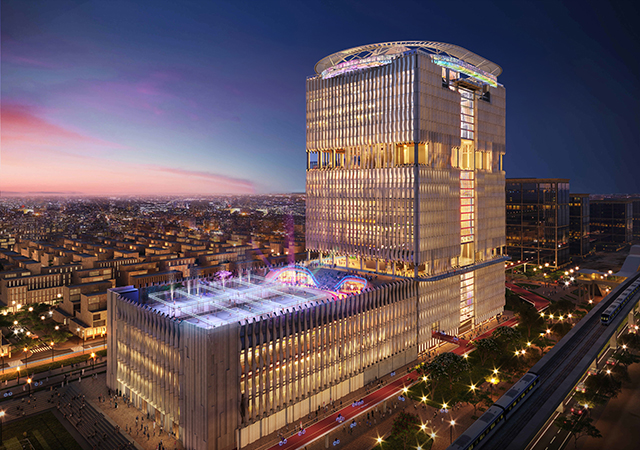




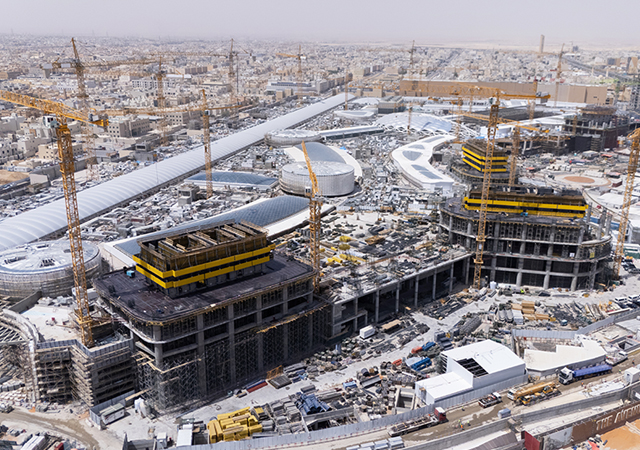
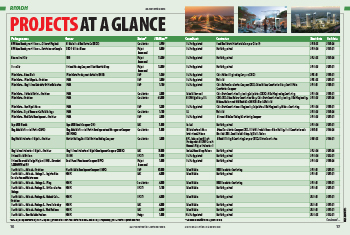
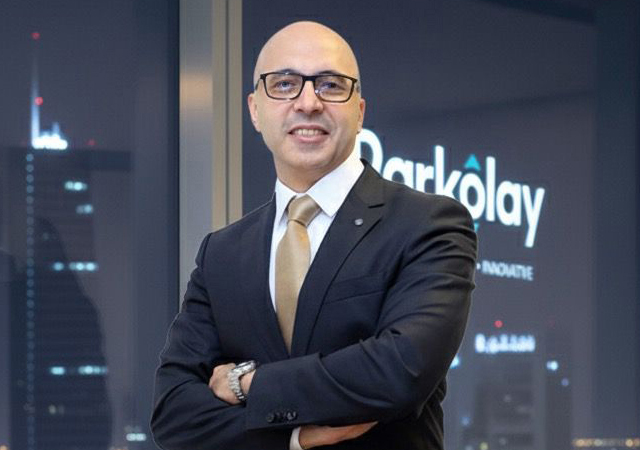



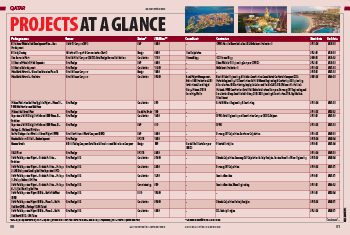
.jpg)
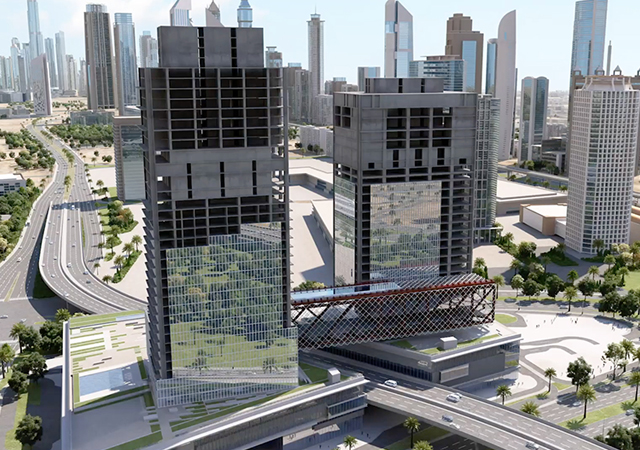
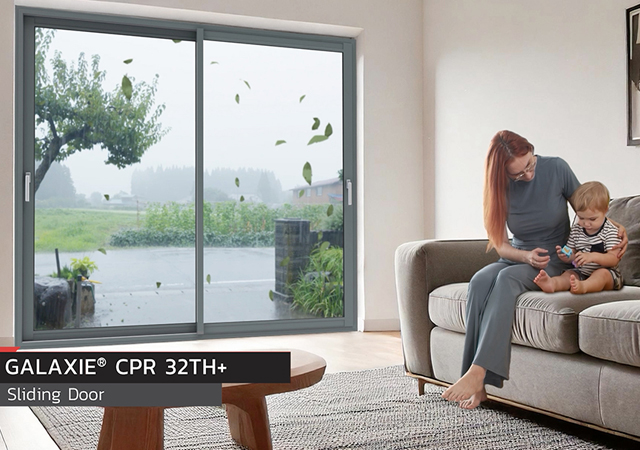

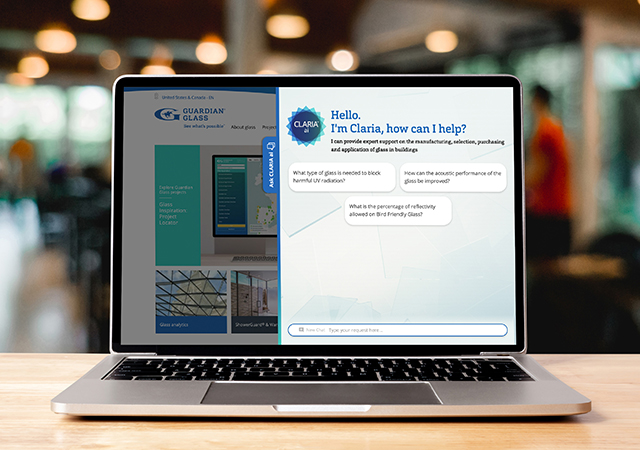

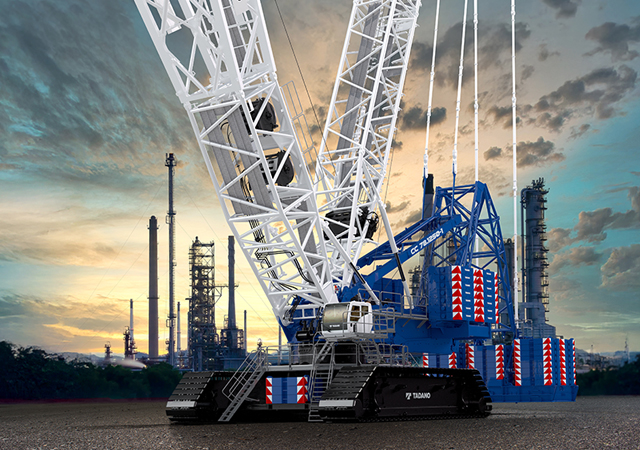

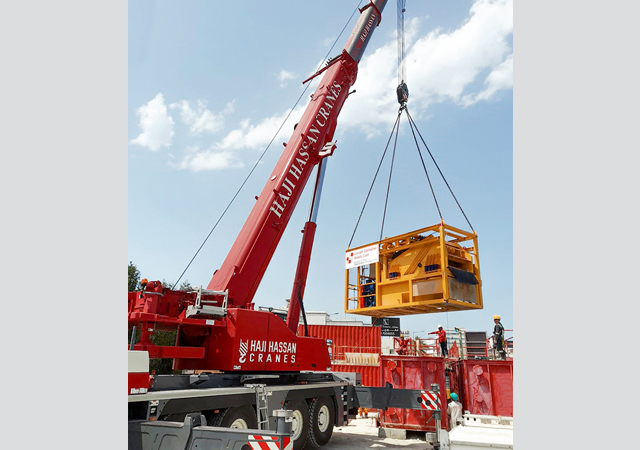
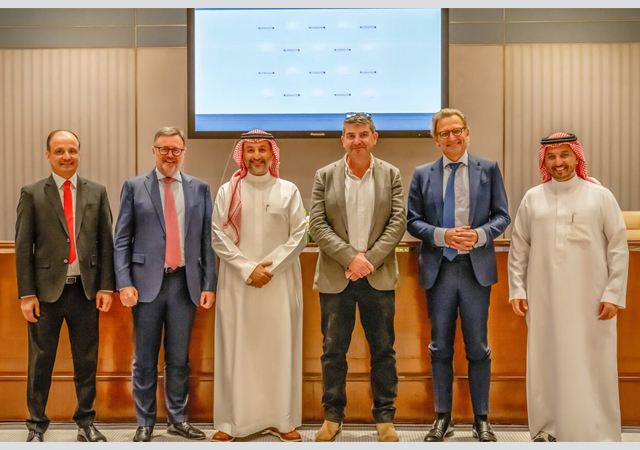

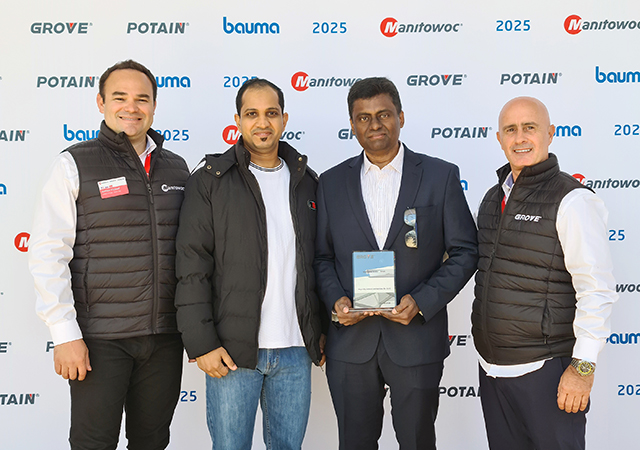
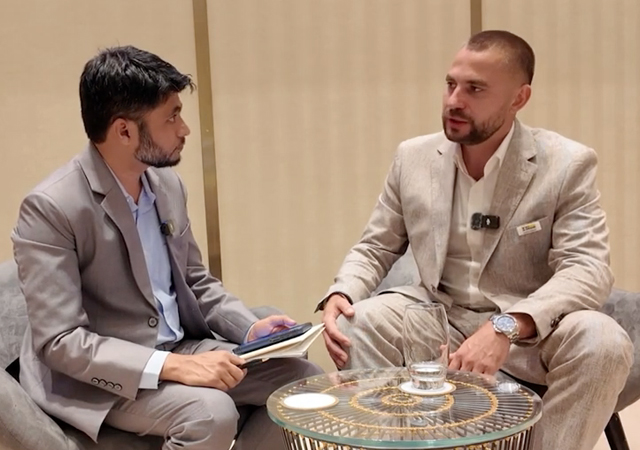
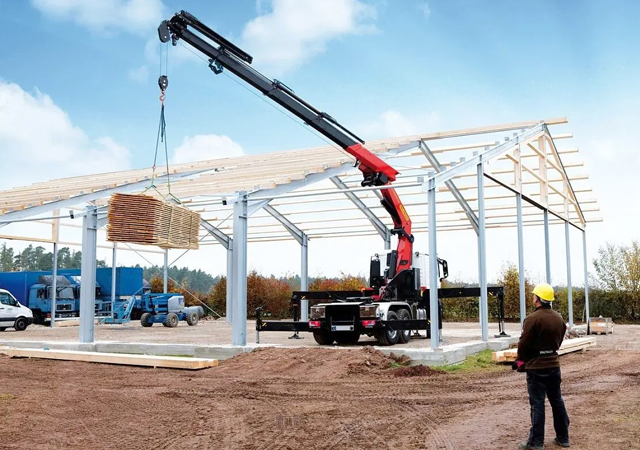
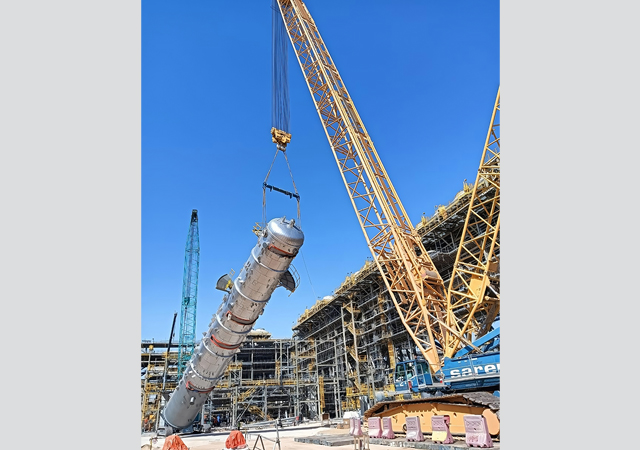
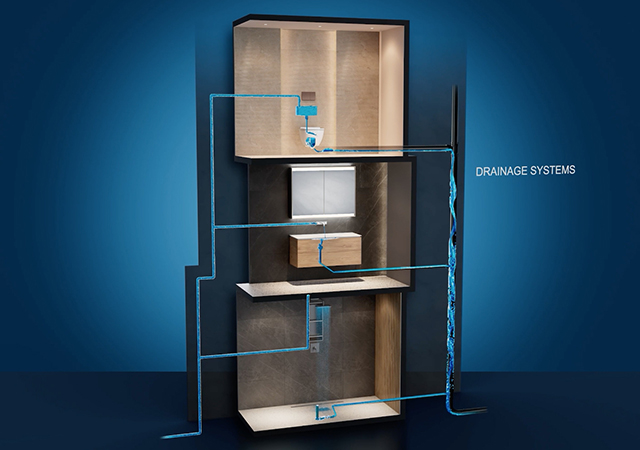
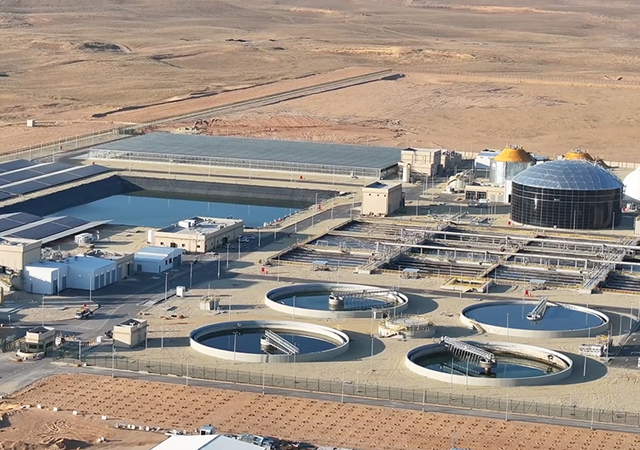

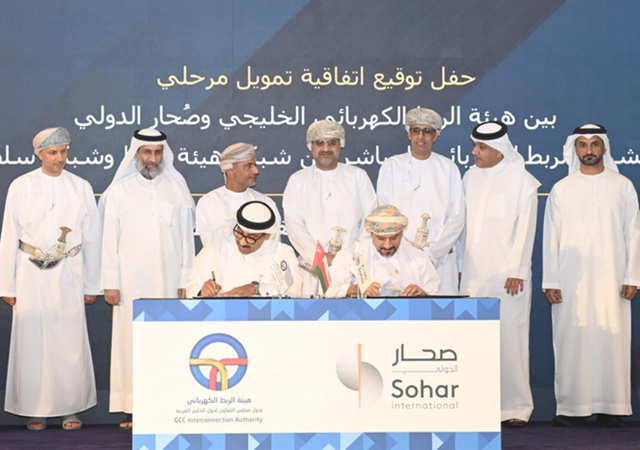


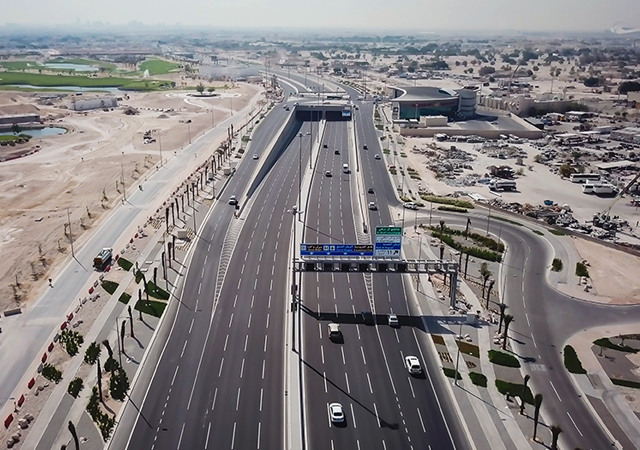
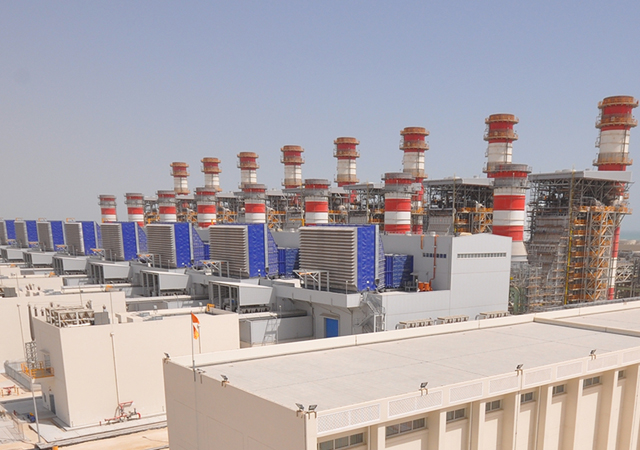


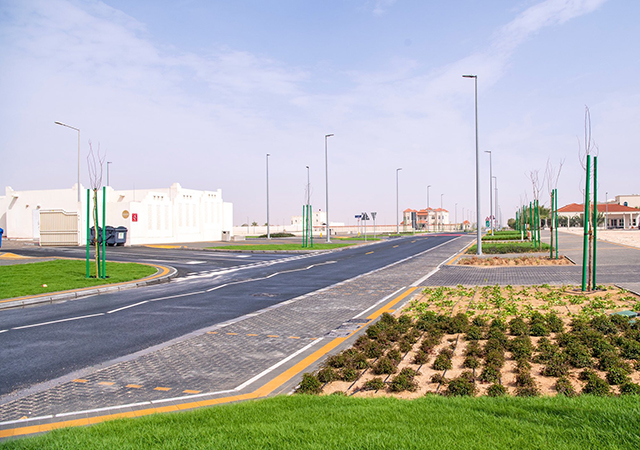
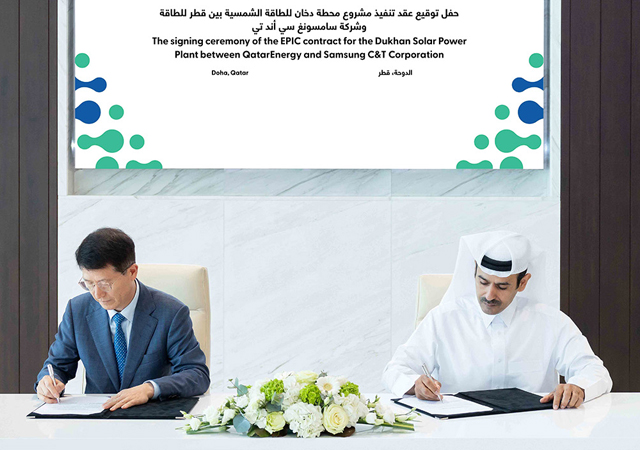
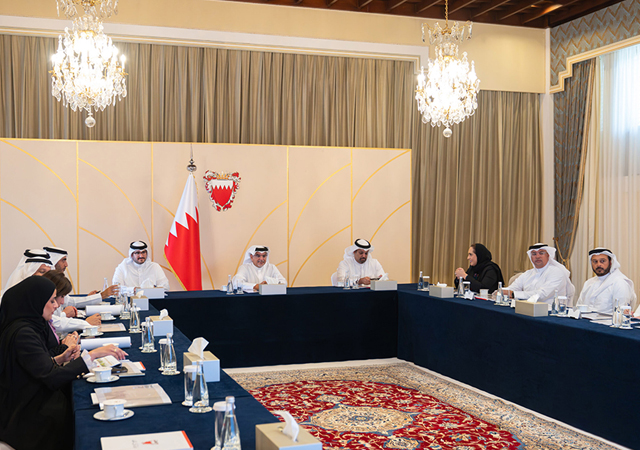

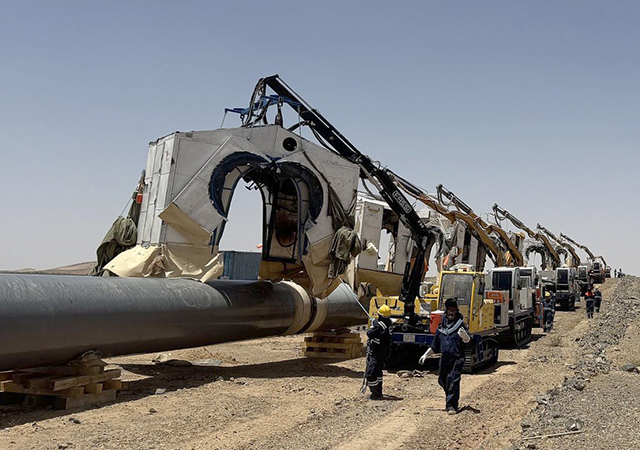

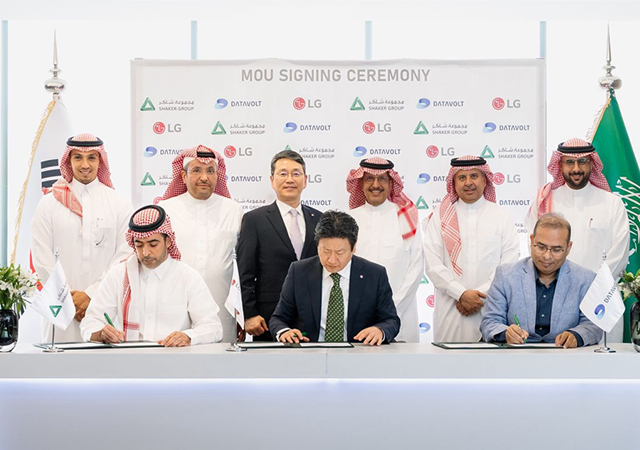

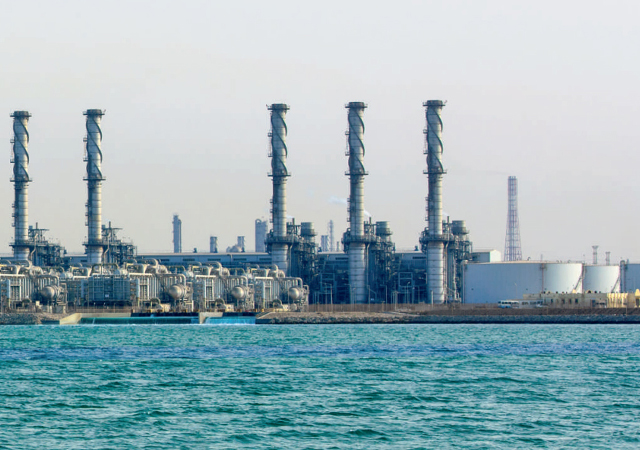

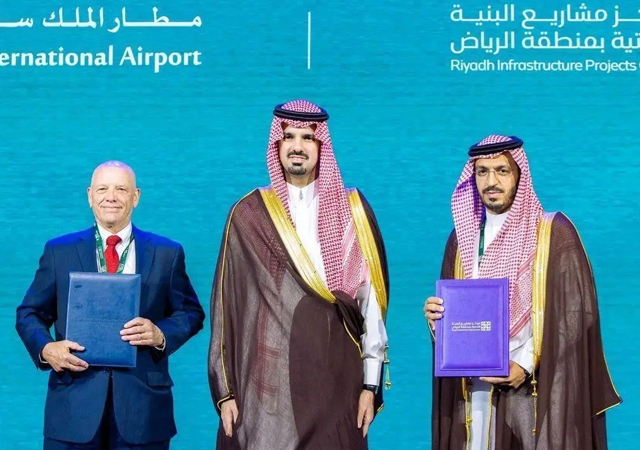

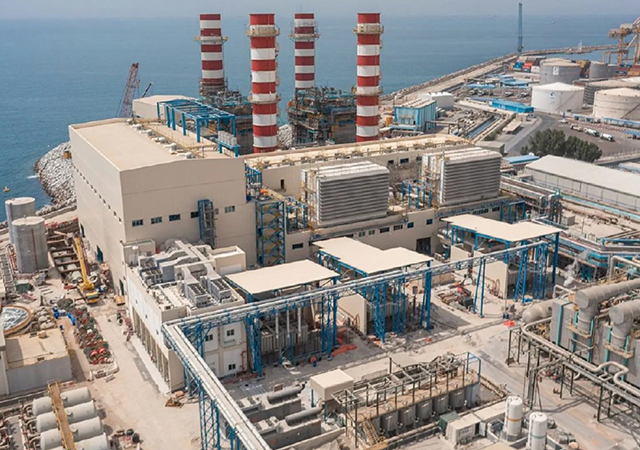
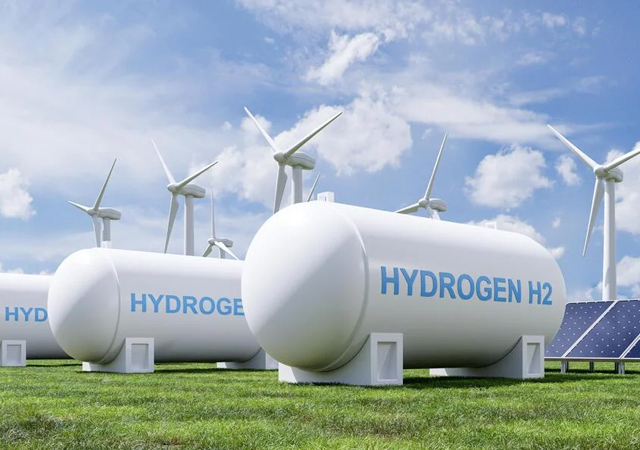


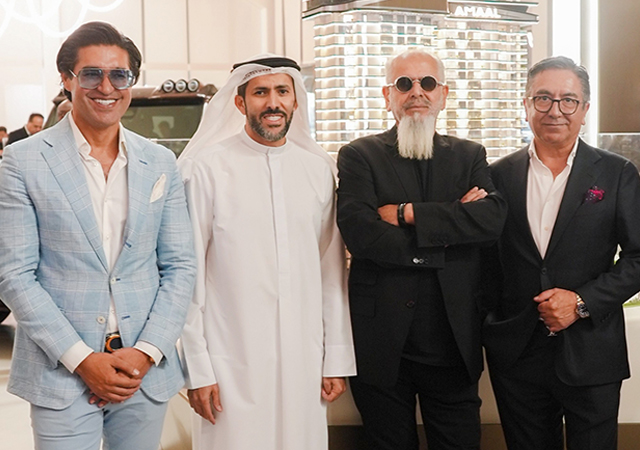

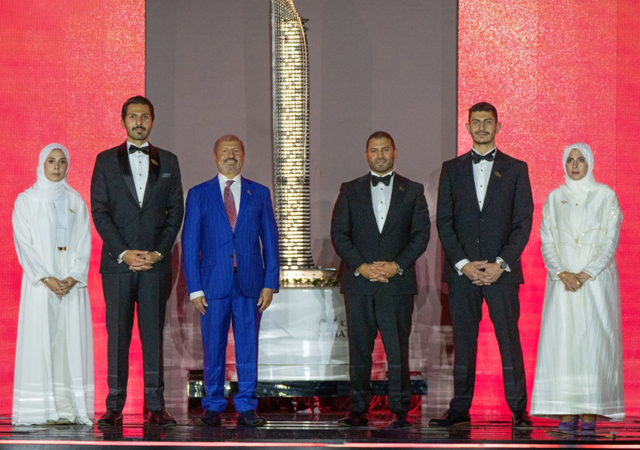
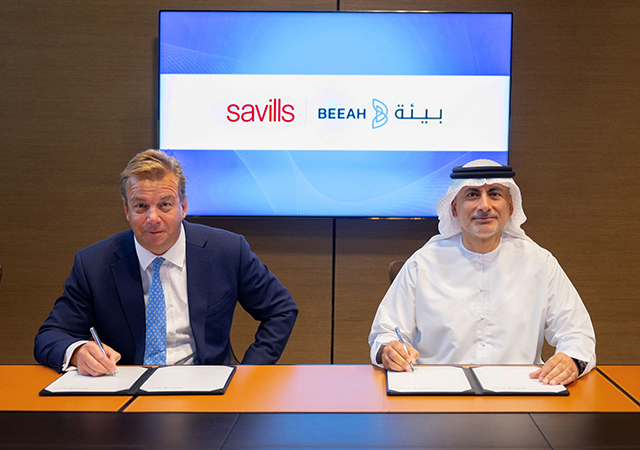




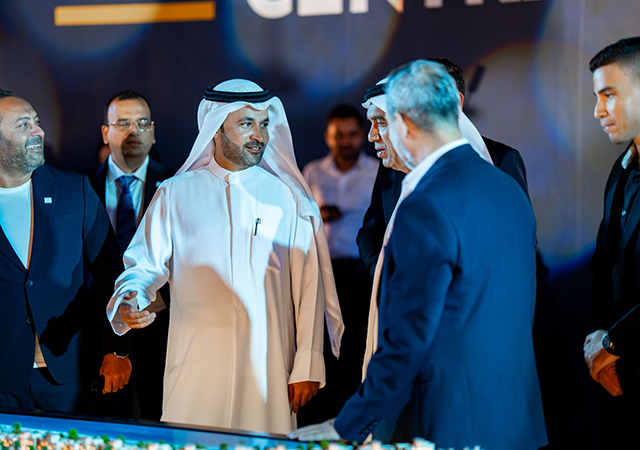
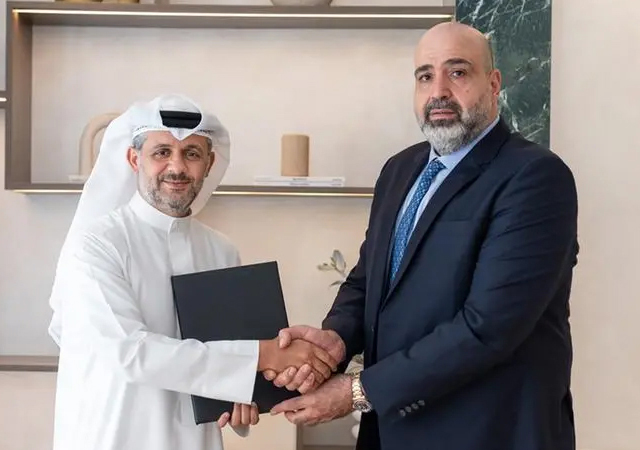
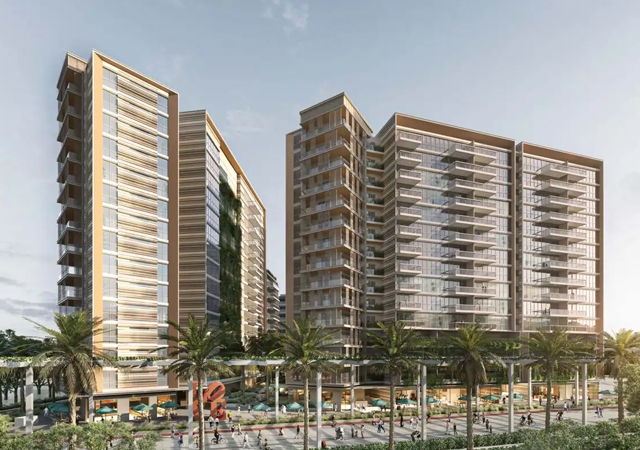

.jpg)
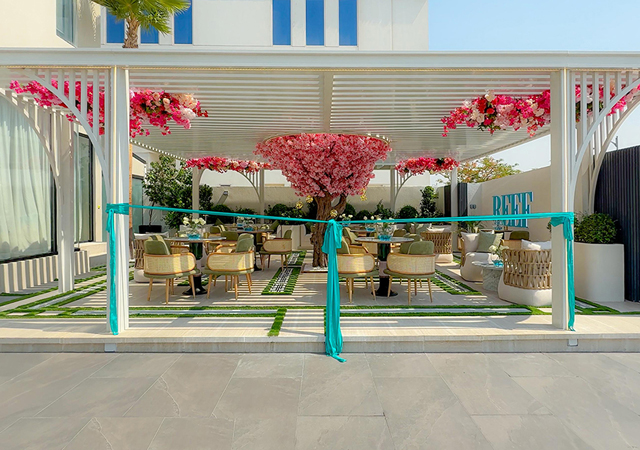
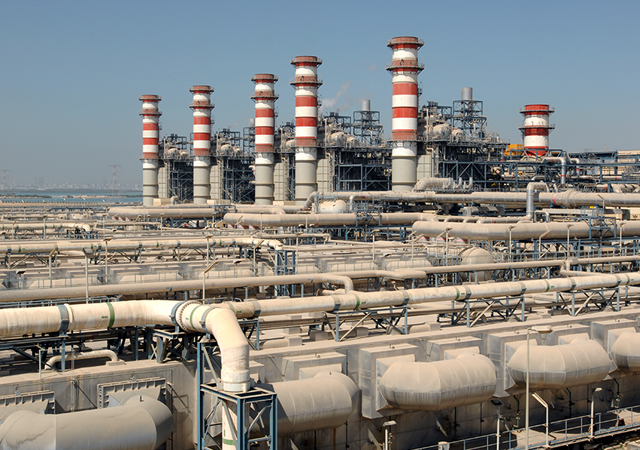
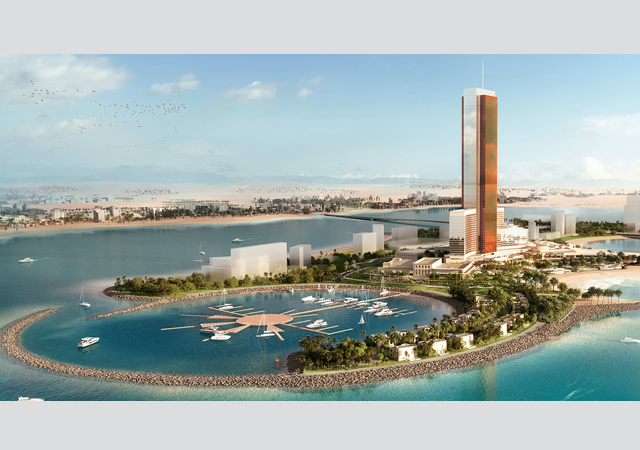
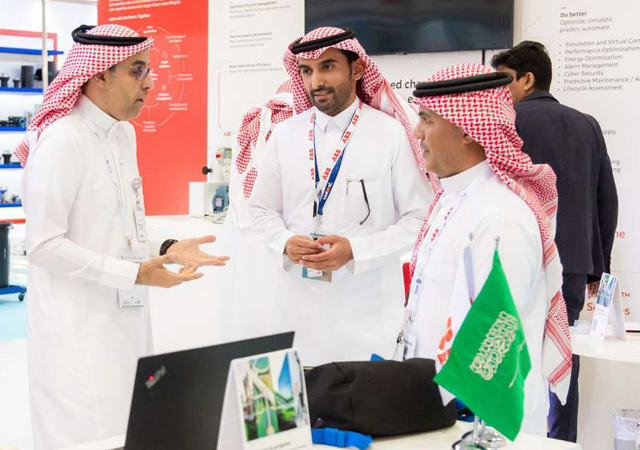
.jpg)
